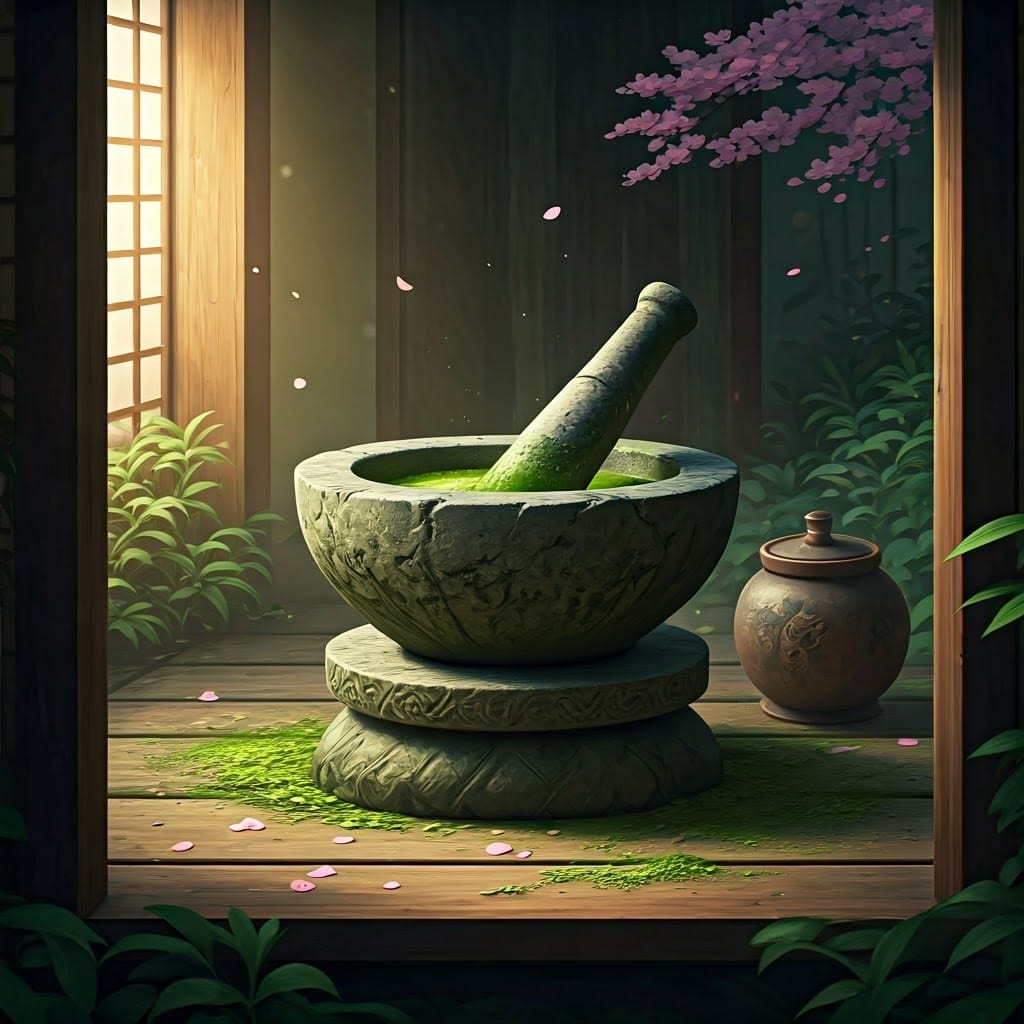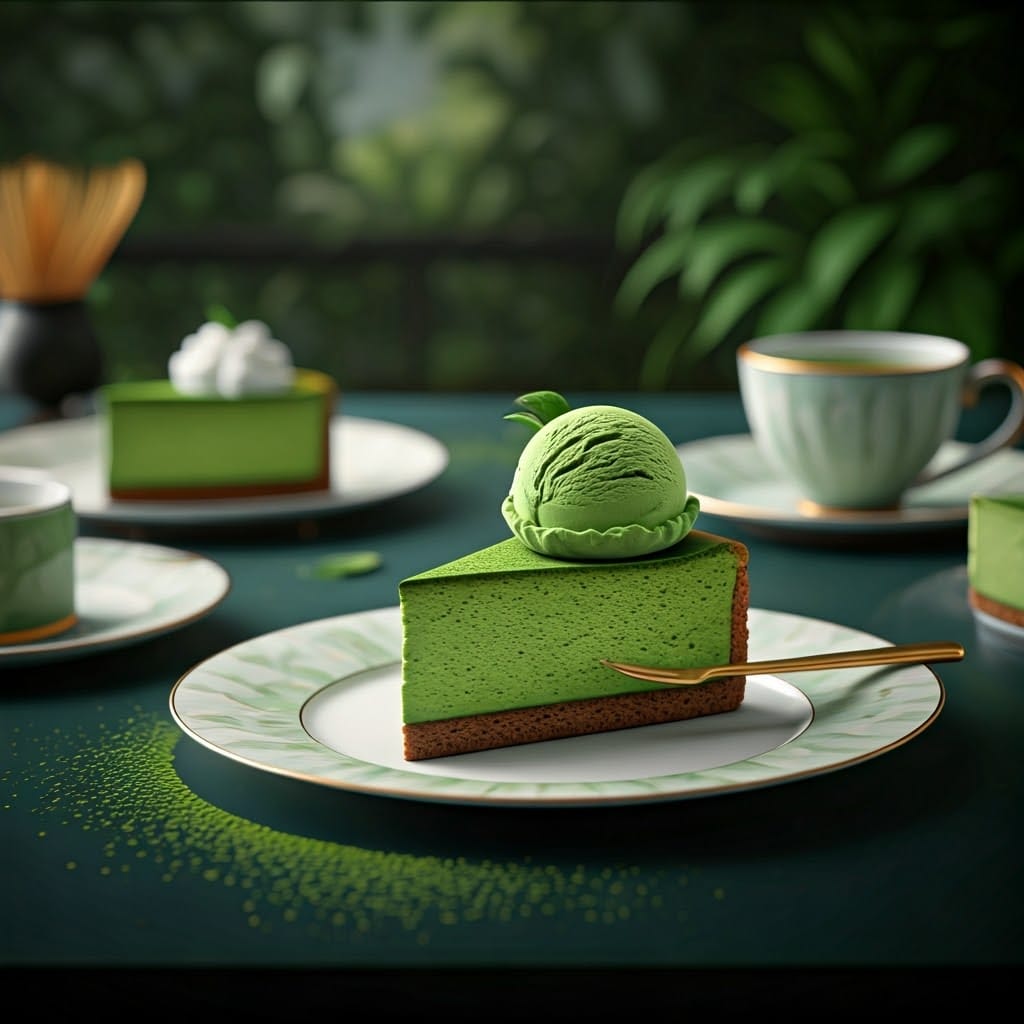Introduction
Matcha, the vibrant green powdered tea, has captivated hearts across the globe. Whether you’re sipping a frothy latte or enjoying its earthy flavor in desserts, matcha offers a unique blend of history, health, and culinary versatility. Originating from ancient traditions in China, and transferred to Japan, matcha has evolved from a ceremonial drink to a modern-day super food celebrated for its antioxidant richness and energizing properties. Let’s delve into where it all began, its incredible benefits, and the many ways you can enjoy matcha today.
The Origins of Matcha: A Blend of Culture and Craft
Matcha’s story begins in China during the Tang Dynasty (618–907 AD), where tea leaves were steamed, dried, and formed into bricks for transport. This technique made its way to Japan in the 12th century, thanks to Zen Buddhist monk Eisai, who brought powdered green tea and the associated preparation methods back home. The Japanese embraced matcha, refining its cultivation and elevating it to a central role in the chanoyu, or tea ceremony.

Kyoto’s Uji region became synonymous with matcha production due to its ideal climate and soil conditions. Farmers in Uji pioneered shade-growing techniques that enhanced the tea’s flavor and nutritional profile. By the 16th century, matcha had cemented its place as a symbol of mindfulness, harmony, and elegance in Japanese culture.
How Matcha Is Made: The Art Behind the Powder
Creating high-quality matcha is an intricate process. The journey begins with shade-growing the tea plants for about three weeks before harvest. This practice increases the chlorophyll and amino acid content, giving matcha its vivid green color and umami flavor. Only the youngest, most tender leaves are handpicked, steamed to preserve their nutrients, and dried.
The dried leaves, known as tencha, are then meticulously stone-ground into a fine powder. This traditional grinding process ensures the tea retains its vibrant color and smooth texture. The result? A nutrient-dense powder packed with flavor and health benefits.
The Health Benefits of Matcha

Matcha is celebrated as a nutritional powerhouse. Here’s what makes it stand out:
- Antioxidant Richness
Matcha contains an abundance of catechins, particularly EGCG (epigallocatechin gallate), which help combat oxidative stress, reduce inflammation, and support overall well-being. Research suggests that matcha has up to 137 times more antioxidants than regular green tea. - Calm Energy
Thanks to L-theanine, an amino acid unique to tea, matcha provides a calm, sustained energy boost without the jitters associated with coffee. This makes it ideal for long workdays or moments of focused meditation. - Detox and Heart Health
Chlorophyll, abundant in matcha due to the shade-growing process, helps detoxify the body by removing heavy metals and chemicals. Regular consumption is also linked to improved heart health, lower cholesterol levels, and better circulation. - Metabolism Booster
Matcha can aid in weight management by enhancing fat oxidation during exercise. Paired with a balanced diet, it’s a natural way to support your fitness goals.
Matcha in Drinks: Tradition Meets Innovation
Matcha’s versatility shines in beverages, both traditional and modern:

- Traditional Matcha Tea: Prepared by whisking matcha with hot water, it’s an integral part of the tea ceremony. Depending on the desired strength, it can be served as usucha (thin tea) or koicha (thick tea).
- Matcha Lattes: A creamy fusion of matcha and milk, with dairy or plant-based options like almond or oat milk.
- Wellness Shots and Smoothies: Combined with fruits, veggies, or superfoods for an energizing drink packed with nutrients.
Culinary Creations with Matcha
Beyond beverages, matcha has carved a niche in the culinary world. Its vibrant color and earthy flavor make it a favorite ingredient in both sweet and savory dishes:
- Desserts: Think matcha ice cream, mochi, and cheesecakes. Its bitterness balances the sweetness, creating complex flavors.
- Savory Delights: Matcha pairs surprisingly well with noodles, soups, and even salad dressings.
- DIY Snacks: Energy balls, granola bars, or matcha popcorn are perfect for health-conscious snackers.

Matcha Around the World
In recent years, matcha has become a global phenomenon, appearing in cafés and kitchens from New York to Paris. While the Western world often leans toward matcha lattes and desserts, Japan continues to honor its traditional roots. Sustainability has also entered the conversation, with ethical farming practices becoming a priority to meet the growing demand.
Tips for Choosing and Storing Matcha
Not all matcha is created equal. Here’s how to pick and preserve the best:
- Look for vibrant, bright green powder—dull shades indicate lower quality.
- Choose ceremonial-grade matcha for drinks and culinary-grade for cooking.
- Store matcha in an airtight container in a cool, dark place to maintain freshness.
Conclusion
Matcha is more than just a drink; it’s a journey into centuries of tradition, health, and creativity. Whether you enjoy it as part of a mindful tea ceremony, in a frothy latte, or in your favorite dessert, matcha has something for everyone. Ready to explore the world of matcha? Share your experiences or favorite recipes in the comments below and join the vibrant community of matcha enthusiasts!
